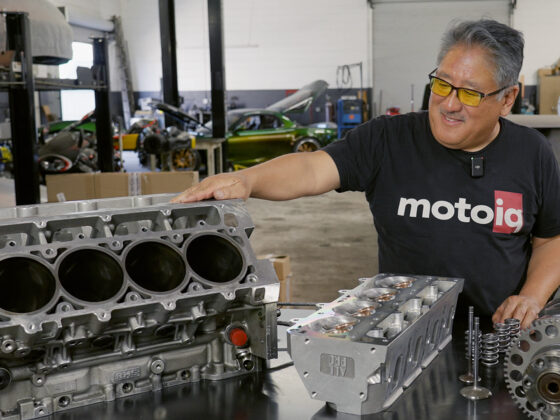We already documented that on our first shakedown, we found a massive oil leak. Our second shakedown went better as we were at least able to complete two whole days of autocrossing. However, we still had a problem: while rolling back to the grid after my first lap, I noticed the kill switch was smoking. There was no obvious issue: the car was running fine, and the electrical system seemed to be working. I re-tightened the nuts on the terminal lugs and competed for the rest of the weekend with no issues. I decided to order a replacement kill switch just in case. It was only a couple weeks later, when we needed to move the Civic, that we discovered there might be a bigger problem with the car. It’s time to break out our magic wand and dig into everyone’s favorite topic: electricity and wiring.








1 comment
What happened to the retro rx7 article with the new shocks article ?